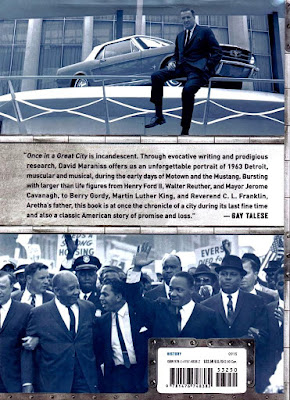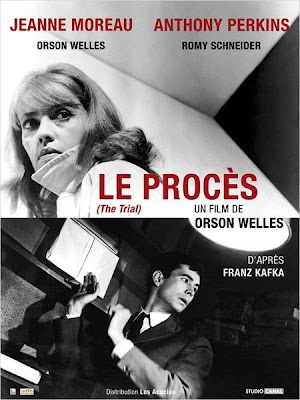
Two interconnected scenes from Michelangelo Antonioni's L'eclisse / Eclipse (1962) go like this: after seemingly breaking up with a paramour, Vittoria (Monica Vitti) returns to her well-above-ground-floor Roma apartment, looks around, finds a hammer and puts up a small objet d'art. Her apartment neighbor friend Anita (played by Rosanna Rory) is sent by her husband to see what the racket is (and out of curiosity, no doubt). They chat a little, then Marta (played by Mirella Ricciardi), from her higher-up-across-a-courtyard apartment, calls and invites them over for company. Turns out when they get there that Marta's husband owns a plantation in Kenya, and judging from the interior of her pad, they have become wealthy from African colonization. There are many photographs and artifacts from Kenya and other parts of Africa spread around Marta's apartment, and mentions are made of Somalia and South Africa.
This is Vittoria's first time inside. Marta waxes enthusiastically about Europeans in Kenya, and also proceeds in a derogatory manner about black Kenyans. Vittoria and Anita ask questions, and then we cut to Vittoria dancing in blackface with a pointed spear, jumping up and down on Marta's large bed. Marta becomes irritated. The tension is intruded upon by the sound of dogs yapping outside below. Marta's black poodle Zeus has run off with other dogs. The three women head down and out in pursuit.
Okay, so -- what is Antonioni trying to do here? Shock? Question colonialism, including Italy's historical role in Libya, Ethiopia, and so on? That's my initial guess.
However, what is the intent and impact of blackface performance ever? Does it depend on when and where and by whom? This is always controversial, at least it has always been in relatively recent history. Yet even now, blackface continues -- 50+ years after this weird scene in L'eclisse.
Consider the "African Queen" blackface photographs of Ondria Hardin, a "white" teenager from Lumberton, North Carolina, featured in Numéro in its March 2013 issue, images taken by Sebastian Kim. What the hell?
I just saw a live performance of the first half of Langston Hughes' Ask Your Mama: 12 Moods for Jazz (1961) and damned if, in one of the "moods," it didn't spotlight blackfacing amid counterpoints on whitefacing. Langston Hughes and Michelangelo Antonioni, and now Numéro -- progress, regress or digress?
Okay, so -- what next?
Today's Rune: Separation (Reversed).










.jpeg)








































